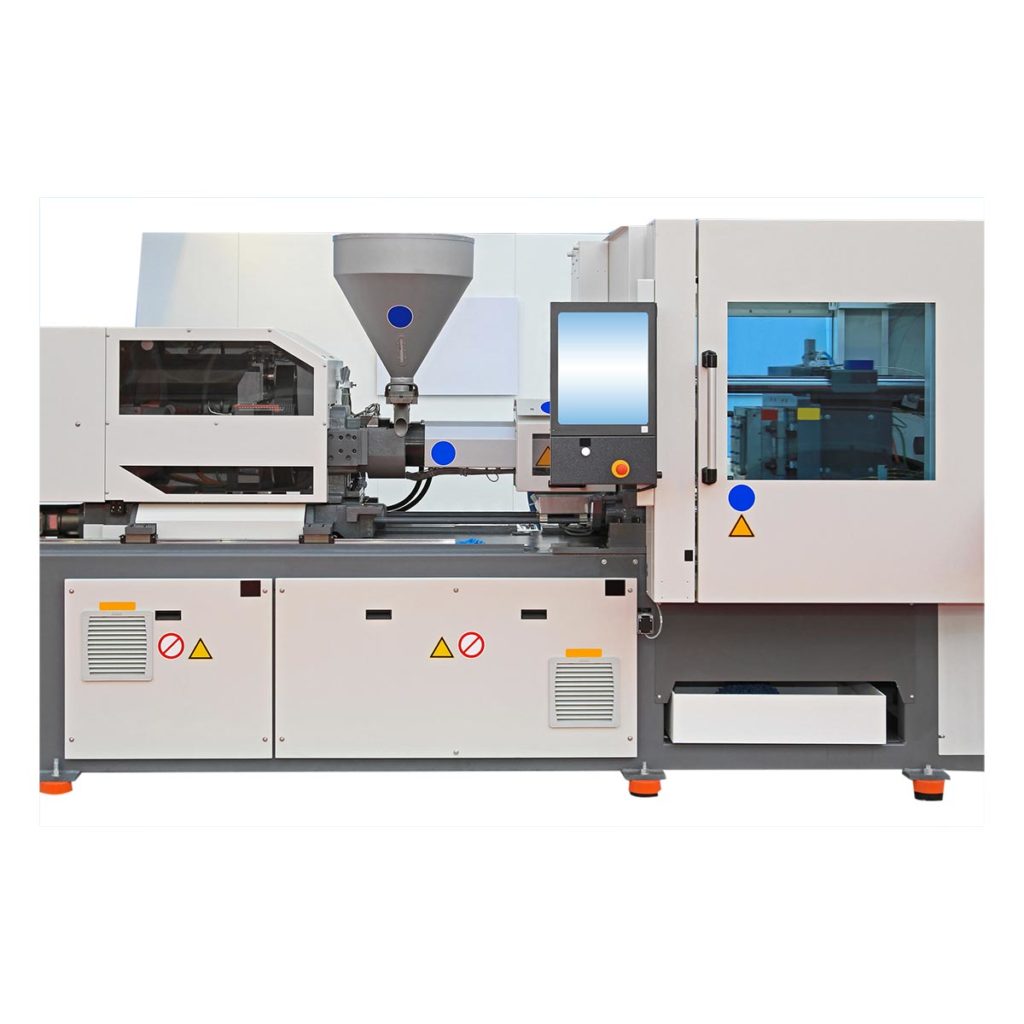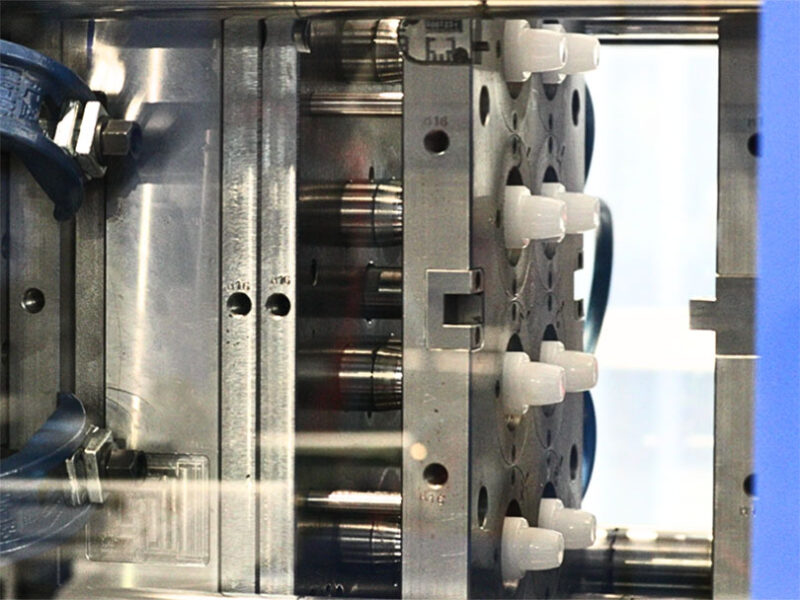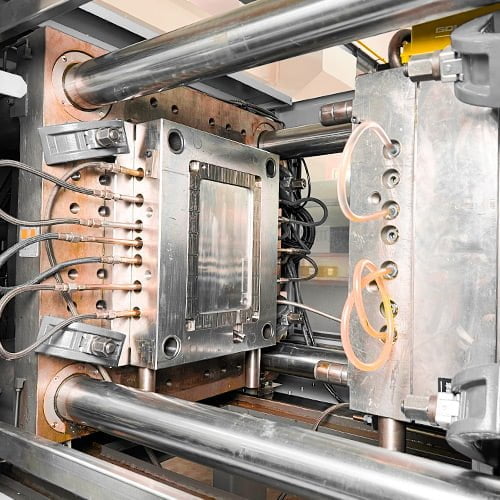Plastic Injection Molding: A Comprehensive Overview to Modern Production Techniques
Plastic Injection Molding: A Comprehensive Overview to Modern Production Techniques
Blog Article
Recognizing the Basics of Plastic Injection Molding Processes
Plastic injection molding offers as a keystone of contemporary manufacturing, giving a methodical strategy to generating intricate parts with precision. This process not only incorporates the fundamental steps of melting and injecting products into molds but also includes a nuanced understanding of numerous affecting factors, such as temperature and pressure. As markets progressively require performance and top quality, the complexities of this approach end up being a lot more critical. Checking out these essential aspects might expose how even minor adjustments can result in significant improvements in production outcomes, questioning about the possibility for development in this well-known procedure.
What Is Plastic Injection Molding?
Plastic shot molding is a widely used manufacturing procedure that transforms thermosetting and thermoplastic materials right into accurate and intricate shapes. This strategy is preferred for its capacity to create high volumes of similar parts with remarkable precision, making it an indispensable approach in various sectors, consisting of automobile, customer goods, and clinical tools.
The procedure involves thawing the chosen plastic material and injecting it into a mold and mildew under high pressure. The mold, created to the requirements of the preferred component, enables the liquified plastic to form as it cools and solidifies. As soon as the material has hardened, the mold is opened, and the ended up part is expelled.
Plastic shot molding provides several advantages, including minimized waste, consistency in manufacturing, and the capacity to include elaborate designs that may be challenging with various other making methods. Additionally, it supports a broad variety of materials, each offering distinct buildings that can be tailored for particular applications. As sectors remain to innovate, plastic shot molding continues to be at the center, making it possible for the development of innovative products that fulfill advancing consumer needs.
The Shot Molding Process
The injection molding process is a sophisticated strategy that includes a number of essential stages to produce premium plastic parts. Plastic pellets are fed into a warmed barrel where they are melted into a thick liquid. This molten plastic is then infused under high pressure right into a precision-engineered mold, which shapes the material right into the preferred kind.
When the mold is loaded, the plastic is enabled to cool down and strengthen, taking the shape of the mold cavity. Air conditioning time is critical, as it impacts the cycle time and the final properties of the molded component. After enough air conditioning, the mold opens, and the finished part is ejected making use of ejector pins.

Products Made Use Of in Shot Molding
Numerous products can be used in the shot molding procedure, each offering special buildings that accommodate certain applications. One of the most commonly made use of products include thermoplastics, thermosetting plastics, and elastomers.

Thermosetting plastics, like epoxy and phenolic resins, undertake a chemical change during the healing procedure, leading to an inflexible, inflexible structure. These products are perfect for applications calling for high heat resistance and structural honesty, usually utilized in automotive components and electric insulators.
Elastomers, consisting of silicone and rubber-based products, provide adaptability and strength. Their unique residential properties make them appropriate for applications that require elasticity, such as seals and gaskets.
Additionally, specialty products like bio-based plastics and compounds are obtaining grip for their environmental benefits and enhanced efficiency features, widening the scope of injection molding applications in various industries. Comprehending the homes of these materials is vital for picking the proper kind for particular projects.
Advantages of Shot Molding
Shot molding stands out as a very reliable production process that uses countless benefits for creating complex parts with precision. Among one of the most substantial advantages is the capability to look at here now produce elaborate designs that would certainly be difficult or difficult to accomplish with other methods (Plastic Injection Molding). The procedure permits tight tolerances and comprehensive features, ensuring high-grade elements
Furthermore, shot molding is understood for its quick production abilities, making it an optimal choice for high-volume manufacturing. Once the mold and mildew is produced, components can be created swiftly, minimizing lead times and raising general productivity. This performance not only lowers manufacturing expenses but additionally offers an affordable side in the marketplace.
The convenience of materials utilized in injection molding better improves its appeal. A vast array of thermoplastics and thermosetting polymers can be utilized, permitting producers to pick products that best fulfill their specific demands, consisting of adaptability, warmth, and strength resistance.
Moreover, the process lessens waste, as excess material can typically be reused and recycled. This sustainability facet adds to a minimized ecological impact, making shot molding a responsible production choice. Generally, the benefits of shot molding make it a preferred method for numerous markets.
Variables Affecting Product Quality
While many factors can influence product quality in injection molding, understanding these aspects is vital for attaining optimum outcomes. Key elements include material option, refining specifications, and mold style.
Material selection plays an essential role, as various polymers exhibit distinct buildings that impact flowability, toughness, and thermal security. Insufficient product selection can bring about flaws such as bending or insufficient dental filling.
Handling specifications, including pressure, temperature, and cycle time, need to be thoroughly managed. Variations in these settings can result in incongruities partially dimensions and surface coating. Excessively high temperature levels may cause destruction of the polymer, while insufficient stress can result in short shots.
Mold design is equally important, as it identifies the circulation of the molten plastic and the cooling process. Inadequately designed molds might result in irregular cooling rates, resulting in recurring tensions and dimensional errors.

Verdict
To this content conclude, plastic injection molding functions as an essential manufacturing process that allows the effective manufacturing of top quality parts. Proficiency of the shot molding procedure, consisting of the understanding of products and the impact of numerous aspects on product high quality, is essential for attaining optimum results. The advantages of this technique, such as cost-effectiveness and design versatility, additional emphasize its importance across numerous markets, strengthening its standing as a favored choice for high-volume manufacturing.
Plastic injection molding serves as a foundation of modern manufacturing, offering a systematic method to generating complicated components with precision.Plastic injection molding provides a number of advantages, consisting of lowered waste, uniformity in production, and the capability to include complex styles that may be challenging with various other manufacturing approaches (Plastic Injection Molding). As industries continue to introduce, plastic injection molding remains at visite site the center, enabling the development of advanced products that satisfy developing customer needs
The injection molding procedure is an innovative method that entails numerous key phases to create premium plastic components.In conclusion, plastic shot molding offers as an important manufacturing process that makes it possible for the efficient production of high-grade elements.
Report this page